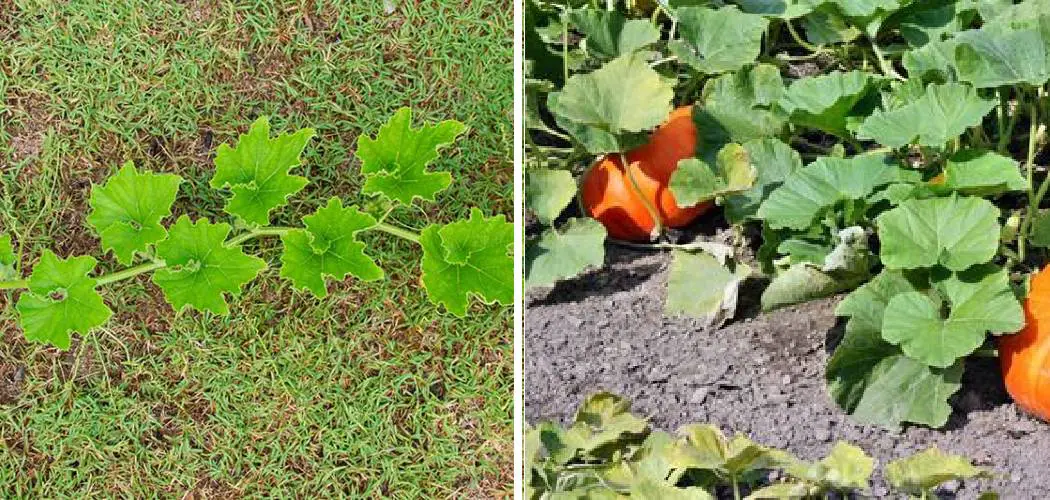Pruning pumpkins is a crucial yet often overlooked task that can significantly enhance your harvest. By strategically trimming vines and removing excess foliage, you can direct the plant’s energy towards producing larger and healthier pumpkins.
In this guide, we’ll walk you through how to prune pumpkins, including the best times to prune, the tools you’ll need, and step-by-step instructions to ensure a bountiful pumpkin patch. Whether you’re aiming for the perfect jack-o’-lantern or a delicious pie, our expert tips will help you grow impressive pumpkins with ease.
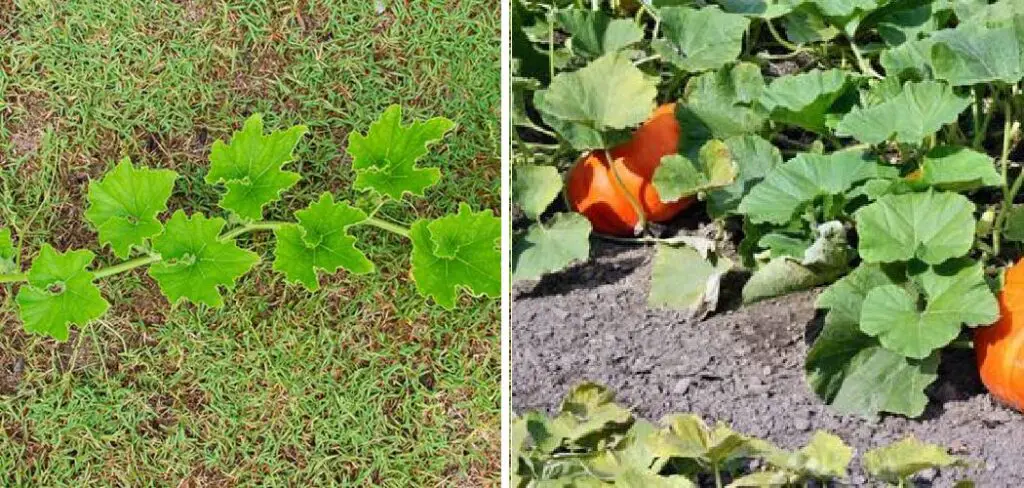
Importance of Pruning Pumpkins
Pruning pumpkins is essential for several key reasons. First, it helps to control the growth of the vines, preventing them from sprawling excessively and overtaking your garden space. This makes it easier to manage your pumpkin patch and reduces competition among the vines for sunlight, water, and nutrients.
Additionally, by removing smaller, less productive vines, you allow the plant to focus its energy on developing larger fruits. Pruning also improves air circulation around the plants, reducing the risk of fungal diseases and enhancing overall plant health. Ultimately, proper pruning leads to a higher quality harvest, with pumpkins that are more uniform in size and better suited for culinary uses or festive decorations.
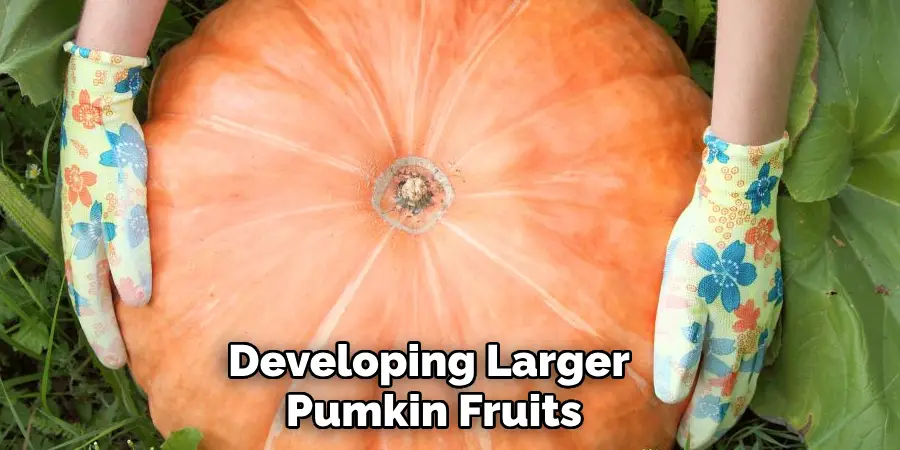
Understanding Pumpkin Growth and Pruning Basics
To master the art of pruning pumpkins, it’s essential to first understand how these plants grow. Pumpkins are vining plants that can spread rapidly if left unchecked. They develop both primary and secondary vines; the primary vines grow from the main stem, while secondary and tertiary vines sprout from the primary ones. Each vine type plays different roles in fruit production and overall plant health.
Pruning basics involve identifying which vines to trim and which to keep. Generally, the primary vine should be allowed to grow freely, as it is the main source of energy and nutrients for the plant. Secondary vines should be pruned to focus the plant’s resources on a few strong, healthy vines rather than letting energy be diluted across many weaker ones.
Tertiary vines, which grow from the secondary vines, are typically removed entirely to simplify vine management and further direct the plant’s energy into producing robust fruits.
Regular observation is crucial, as early detection of overcrowded or unhealthy vines can inform timely pruning. Always use clean, sharp pruning shears to avoid damaging the plants and to prevent the spread of diseases. By understanding how pumpkins grow and applying these pruning basics, you can look forward to a more manageable pumpkin patch and a more bountiful harvest.
10 Methods How to Prune Pumpkins
1. Understanding Pumpkin Growth Habits
Before you begin pruning, it is crucial to understand the growth habits of pumpkin plants. Pumpkins grow as sprawling vines that can extend several feet in all directions. They produce both male and female flowers, with the latter developing into fruit. Understanding the growth pattern helps you decide where to make cuts to manage the plant’s size and improve fruit quality. Recognizing the difference between main vines, secondary vines (also known as runners), and tertiary vines (side shoots) allows for strategic pruning that promotes healthier, more productive plants.
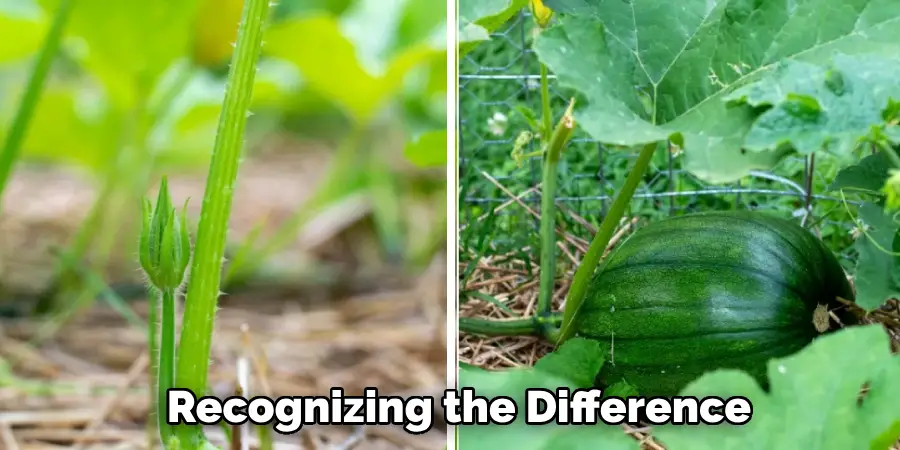
2. Timing Your Pruning
Timing is a critical factor when pruning pumpkins. The best time to start pruning is when the vines are young and actively growing, typically when they are 10 to 15 feet long. Early pruning helps shape the plant and encourages the development of strong, productive vines. Pruning later in the season can still be beneficial, especially for removing dead or diseased foliage and managing the size of the plant. However, avoid heavy pruning during the peak fruiting period, as this can stress the plant and reduce fruit production. Proper timing ensures that pruning activities support rather than hinder plant growth and fruit development.
3. Removing Dead or Diseased Foliage
The first step in pruning pumpkins is to remove any dead, diseased, or damaged foliage. Dead leaves and stems can harbor pests and diseases, which can spread to healthy parts of the plant. Use clean, sharp pruning shears to cut away these parts, making clean cuts close to the main vine. This improves air circulation around the plant, reducing the risk of fungal infections and promoting healthier growth. Regularly inspecting and removing compromised foliage helps maintain the overall health and vigor of the pumpkin plants.
4. Pruning the Main Vine
Pruning the main vine helps control the size of the pumpkin plant and encourages the development of larger fruits. Once the main vine has grown to about 10 to 15 feet long, pinch off the growing tip to stop further extension. This directs the plant’s energy towards producing fruit rather than additional vine growth. Additionally, pruning the main vine can help prevent the plant from sprawling too much, making it easier to manage and harvest the pumpkins. By controlling the length of the main vine, you create a more compact and productive plant.
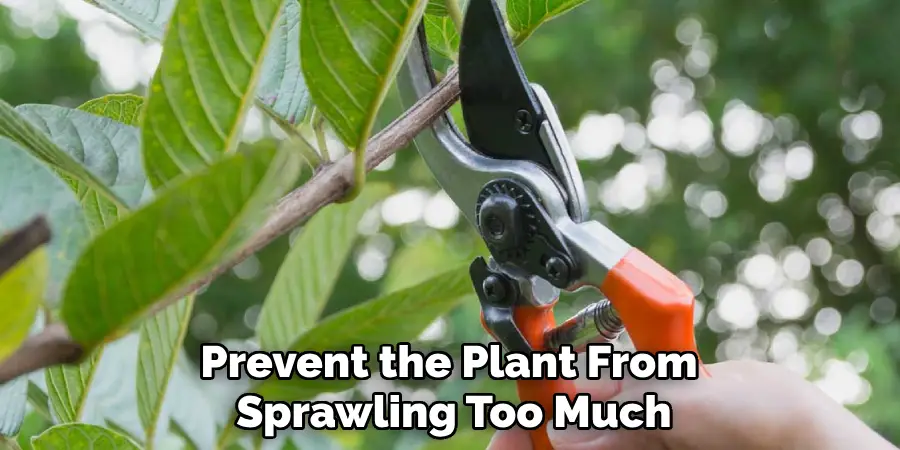
5. Managing Secondary Vines
Secondary vines, or runners, grow off the main vine and can also be pruned to manage plant size and improve fruit quality. Once the secondary vines have produced a few leaves and flowers, pinch off the growing tips to limit their length. This encourages the plant to focus on fruit development rather than excessive vine growth. Removing some of the secondary vines altogether can also help, especially if the plant becomes too crowded. Selectively pruning secondary vines ensures that the plant’s resources are directed towards producing healthier and larger pumpkins.
6. Controlling Tertiary Vines
Tertiary vines, or side shoots, grow off the secondary vines and can quickly lead to a tangled, overcrowded plant if not managed. Prune these tertiary vines as soon as they appear by pinching off their growing tips or cutting them back to the secondary vine. This prevents the plant from becoming overly dense and improves air circulation, reducing the risk of fungal diseases. Controlling tertiary vines also helps direct the plant’s energy towards the main vine and the secondary vines, which are more likely to produce high-quality fruit. Regularly removing tertiary vines keeps the plant more manageable and productive.
7. Thin Out Excess Flowers and Fruits
Thinning out excess flowers and fruits is a key step in pruning pumpkins to ensure that the remaining fruits develop fully and reach their maximum size. Pumpkin plants often produce more flowers and fruits than they can support, leading to smaller, less developed pumpkins. To address this, remove some of the female flowers and small fruits early in the season, leaving a few well-spaced ones on each vine. This allows the plant to concentrate its resources on fewer fruits, resulting in larger, healthier pumpkins. Thinning should be done carefully to avoid damaging the plant and to ensure even distribution of fruits.
8. Removing Lower Leaves
Removing lower leaves, especially those that touch the ground, can help prevent diseases and improve air circulation around the base of the plant. Ground-contact leaves are more susceptible to soil-borne diseases and pests. Use clean pruning shears to cut these leaves off at the base of the stem, being careful not to damage the main vine. This practice also makes it easier to water the plant at the base, reducing the likelihood of wet foliage and subsequent fungal issues. Regularly removing lower leaves keeps the plant healthier and reduces the risk of disease.
9. Training Vines Along Trellises or Supports
Training pumpkin vines along trellises or supports can help manage plant growth and make pruning easier. By guiding the vines vertically, you can save space and improve air circulation, which reduces the risk of fungal diseases. Use soft ties or garden twine to secure the vines to the support structure, being careful not to constrict them. Regularly prune side shoots and excess growth to maintain a tidy appearance and prevent the plant from becoming too heavy for the support. Training vines along trellises also makes it easier to monitor and prune the plant, ensuring healthy growth and high-quality fruit production.
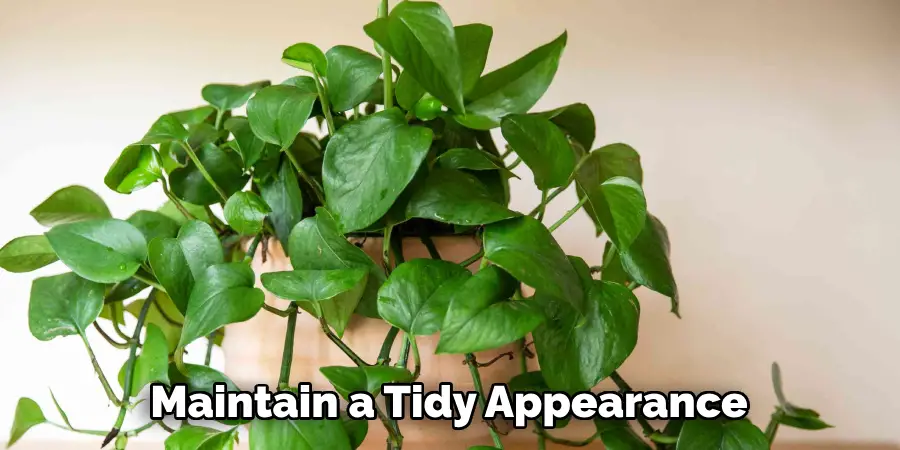
10. Regular Maintenance Pruning
Regular maintenance pruning is essential to keep pumpkin plants healthy and productive throughout the growing season. This involves inspecting the plant weekly for dead, diseased, or damaged foliage and removing it promptly. Additionally, monitor the growth of the main, secondary, and tertiary vines, making adjustments as needed to prevent overcrowding and encourage fruit development. Consistently thinning flowers and fruits ensures that the plant’s resources are focused on producing larger pumpkins. Regular maintenance pruning helps maintain the plant’s health, improves air circulation, and supports the development of high-quality fruits.
Conclusion
By following these ten detailed methods for pruning pumpkins, gardeners can manage plant size, improve fruit quality, and enhance overall plant health. Each method addresses specific aspects of pruning, providing a comprehensive approach to growing productive and healthy pumpkin plants. Proper pruning techniques help maximize the potential of pumpkin plants, leading to bountiful harvests and impressive fruits. Thanks for reading, and we hope this has given you some inspiration on how to prune pumpkins!
About
Outdoor Fixes is a distinguished figure in the world of Diy design, with a decade of expertise creating innovative and sustainable Diy solutions.
His professional focus lies in merging traditional craftsmanship with modern manufacturing techniques,
fostering designs that are both practical and environmentally conscious. As the author of diy,
outdoorfixes delves into the art and science of outdoorfixes-making, inspiring artisans and industry professionals alike.
Education RMIT University
(Melbourne, Australia) Associate Degree in Design (Outdoor Fixes) Focus on sustainable design, industry-driven projects,
and practical craftsmanship. Gained hands-on experience with traditional and digital manufacturing tools, such as CAD and CNC software.
Nottingham Trent University
(United Kingdom) Bachelor’s in outdoorfixes.com and Product Design (Honors) Specialized in product design with a focus on blending creativity with production
techniques. Participated in industry projects, working with companies like John Lewis and Vitsoe to gain real-world insights.
Publications and Impact
In diy, Outdoor Fixes his insights on indoor design processes, materials, and strategies for efficient production.
His writing bridges the gap between artisan knowledge and modern industry needs, making it a must-read for both budding designers and seasoned professionals.

